I know that look. I’ve seen that look before. You’re in the Italian section of our store looking at some Primitivo wines when your eyes spot a wine whose label suggests to you that it must surely be in the wrong country, let alone the wrong rack. The label declares the wine within to be a Zinfandel. And that is when you get the “look.” The “look” tells me you’re having trouble connecting the vinous dots – Italy…Primitvo…Zinfandel. Allow me to answer your internal query. It’s quite simple, really. The two grapes, Primitivo & Zinfandel, are one and the same.
Grape names evolved around the world over thousands of years. Grape identities are given for a host of reasons – geography, topography, region, tradition, politics, religion, its physical characteristics: appearance, shape, smell or taste, its early or late ripening, famous/infamous historical figures or places, a crossbred mashup of original grapes, linguistics, portmanteau and reasons lost in the mists of time. Researchers & scientists study this and, yes, etymology envy exists! As humankind roamed ever onward (and back again!) it enjoyed, named & eventually learned how to cultivate grapes indigenous to an area and often transported grapes to different, sometimes far-flung regions of the world where the grape retained the same name or was provided a new one grounded in the local language/dialect. The wine world is full of anecdotes on this topic - some rational, others nonsensical and others pure fiction.
My intent here is not to tell the individual history of certain grapes – that could be a fun future storytelling blog all on its own! Rather, let’s focus on how to determine if a grape name on a label is singularly unique or if it is a synonym (most often in another language or a different dialect within a country) of a grape you may already know. A little grape name knowledge will go a long way to helping you navigate the aisles of a wine shop or the entries on a wine list. Listed below is a short list of some grape names in what I think of as their most common or widely-recognizable form. These are followed by their identifying names in other countries. A few will seem very similar and others will be almost unrecognizable. But, that’s the point of this exercise. Once you make a connection to some of these grape name synonyms the veil of confusion that draped your eyes will be removed and so will the “look!” Or, at least, that’s my hope. Let’s see…
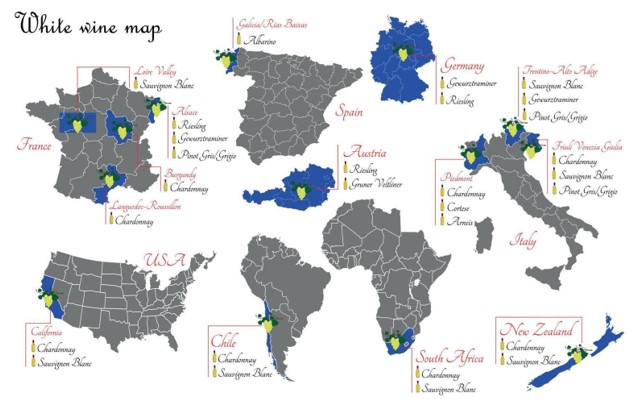
White Wine Grapes
• Albariño = Alvarinho, Cainho Branco, Albarina, Agudelo
• Chenin Blanc = Pineau de la Loire, Steen
• Viura = Macabeo, Macabeu
• Pinot Blanc = Pinot Blanco, Klevner, Weissburgunder, Auxerrois, Beli Pinot
• Pinot Grigio = Pinot Gris, Grauburgunder, Rulander
• Sauvignon Blanc = Fume Blanc, Blanc Fume, Sauvignon Vert, Sauvignon Verde
• Trebbiano = Ugni Blanc, Saint Emilion, Procanico, Talia
• Vermentino = Rolle, Pigato, Favorita
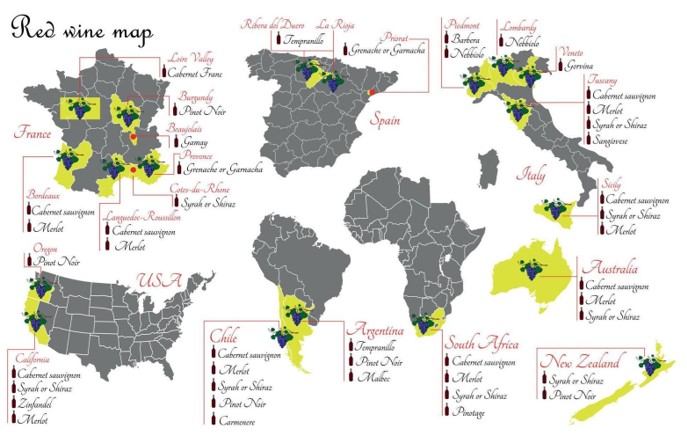
Red Wine Grapes
• Blaufrankisch = Lemberger, Franconia Nera, Nagyburgundi, Frankovka, Kekfrankos
• Bonarda = Charbono, Deuce Noir
• Carignan = Carignane, Cariñena, Mazuelo, Samso, Carignano, Axina de Spagna
• Grenache = Garnacha, Garnacha Tinta, Cannonau, Tai Rosso, Tocai Rosso, Gironet
• Malbec = Côt, Pressac, Malbech, Malbeck
• Mouvedre = Monastrell, Mataro, Torrentes
• Nebbiolo = Spanna, Chiavennasca, Nebiolo of Luras, Picoutener, Prunent
• Norton = Cynthiana
• Petite Sirah = Durif
• Pinot Meunier = Meunier, Schwarzriesling, Dusty Miller
• Pinot Noir = Blauburgunder, Spätburgunder, Blauer Spätburgunder, Pinot Nero, Pinot Negro
• Syrah = Shiraz, Sirah, Petit Shiraz, Marsanne Noir, Sira, Sirac
• Tempranillo = Tinto Fino, Tinta de Toro, Tinta del Pais, Cencibel, Tinta Roriz, Roriz, Arogonez
• Zinfandel = Primitivo, Primativo, Pribidrag, Tribidrag, Crljenak Kaštelanski
A few generalizations to keep in mind as you more confidently move forward. Grapes grow and produce their fruit in a variety of soils and climates. Location is often a key to give you a sense of what you might get in the bottle/glass. Broadly speaking, a Sauvignon Blanc from a warmer climate will have fruit that ripened longer and more substantively than a S.B. from a cooler climate. A classic example here would be an extroverted S.B. from New Zealand loaded with yummy tropical fruit notes compared to a restrained French Sancerre (made with S.B.) which exhibits subtle citrus & mineral notes.
A sleek Syrah from the Northern Rhone will drink dramatically different than a sassy Shiraz from Australia. In both cases, neither is good, bad or better, they’re just varying representations of the same grape. Ever present, the winemaker’s deft or heavy hand influences the grape’s net personality regardless of climate or soil composition.
Comparisons between a grape’s identities from country to country can provide some insight into the range of possibilities & potential of specific grapes. When we think of Italian Pinot Grigio we tend to think, correctly for the most part, of a versatile light, fruity, crisp white workhorse that we enjoy with or without food. Compare that to most Pinot Gris wines say, from Oregon or Alsace, which display greater concentration, weight, texture and richness. Again, same grape, different names, different soils, different climates, different intentions, different results, but differences that can/will influence our decision to choose it and what to eat with it.
In the U.S. we grow and make wine from grapes that originated around the world. Some thrive better in certain climates and terrain – think Pinot Noir in Oregon/California, but not so much in Texas. We usually label our wines in a New World way, meaning more often than not, we put the grape type(s) prominently on the front or, at the very least, in small print on the back. The Old World way is inconsistent in this and their approach often favors location, region or historical identifier when labeling. The Old World way is implicit – with few exceptions (the Aligoté grape comes to mind) a white Burgundy is, by definition, a Chardonnay wine so it is rarely noted on labels, especially specific village wines. Be aware, too, it is not uncommon for European countries to have a different name for the same grape in different regions of their country. See Tempranillo above and I can tell you that the first 4 synonyms for Tempranillo are used in separate regions within Spain.
As you experiment with grape names and wines maybe use a familial approach. An Albarino from Spain is similar, but not identical, to an Alvarinho from Portugal. They’re more like cousins than identical twins in how they present themselves to our palates. They share many traits, but where they grew up and who raised them has a profound impact on how they turned out. Embrace the opportunity to explore a wine shop or wine list and you’ll find more friends than you ever knew you had. Family and friends with funny grape names. Yeah, that about sums it up!


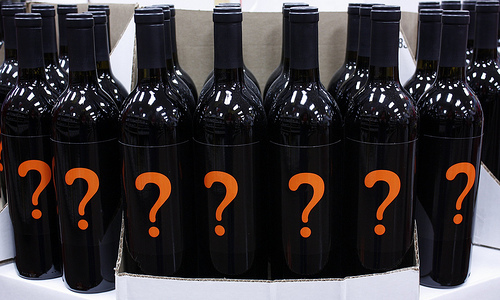

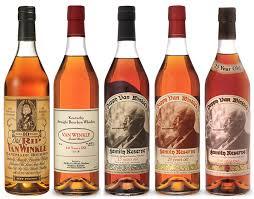





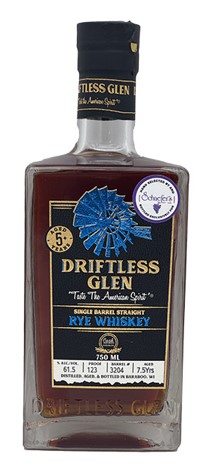

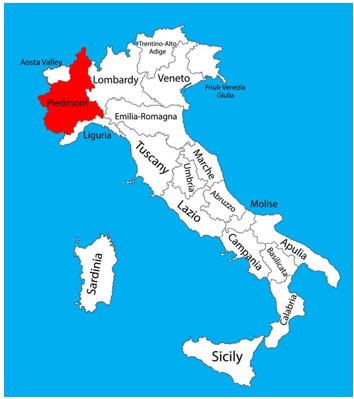
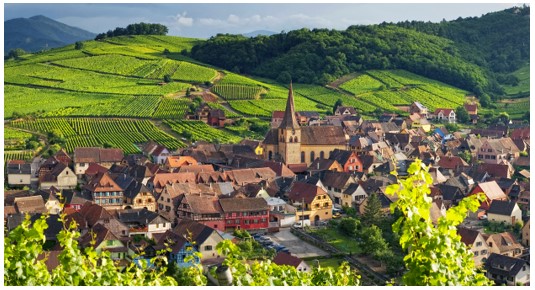
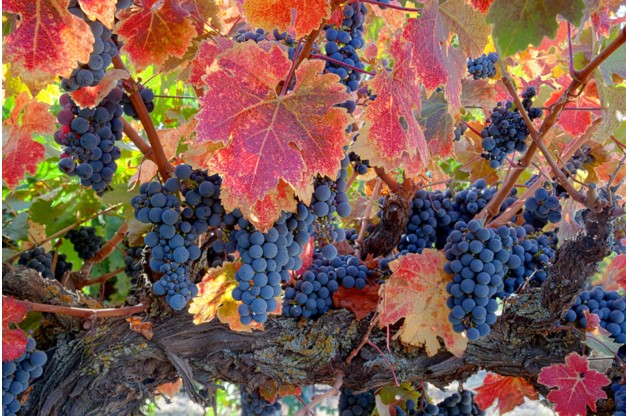
Comments